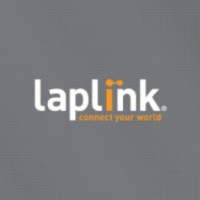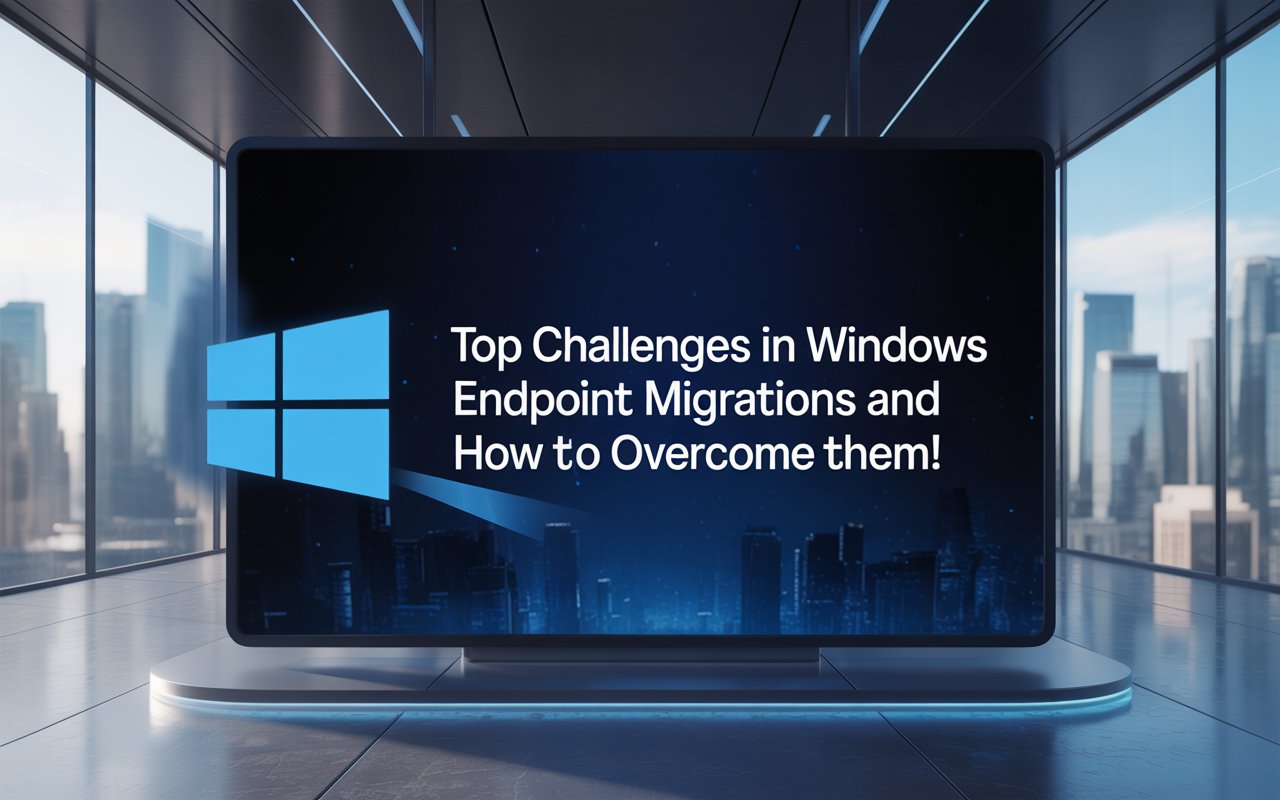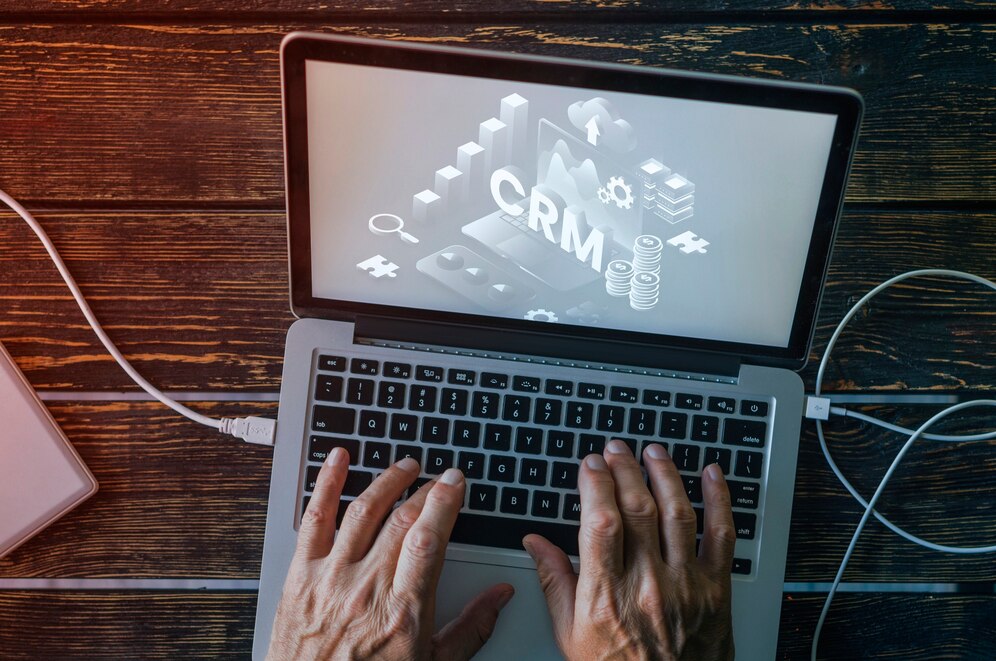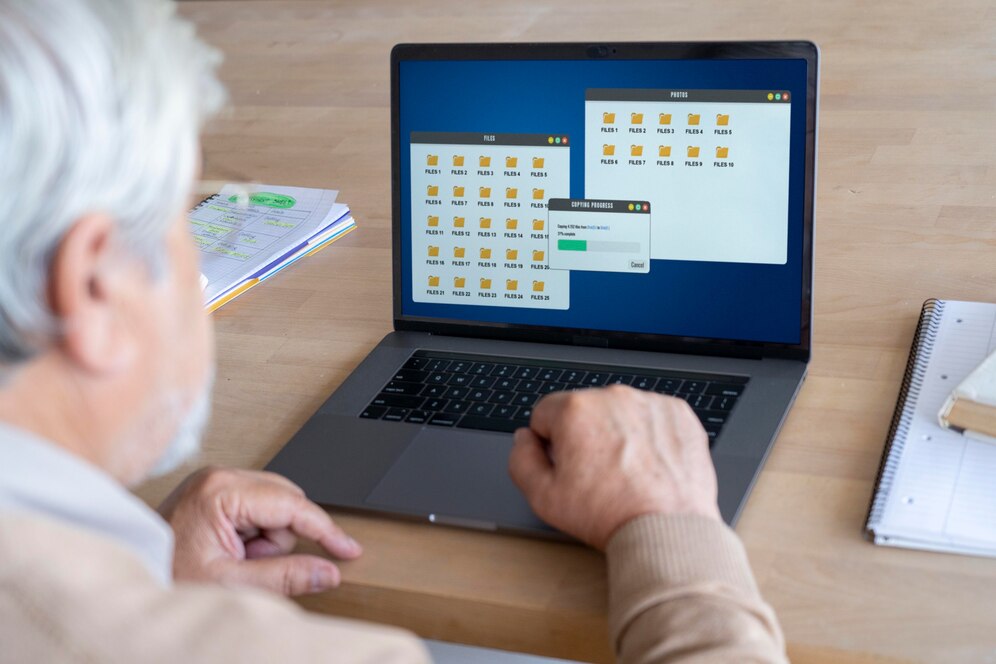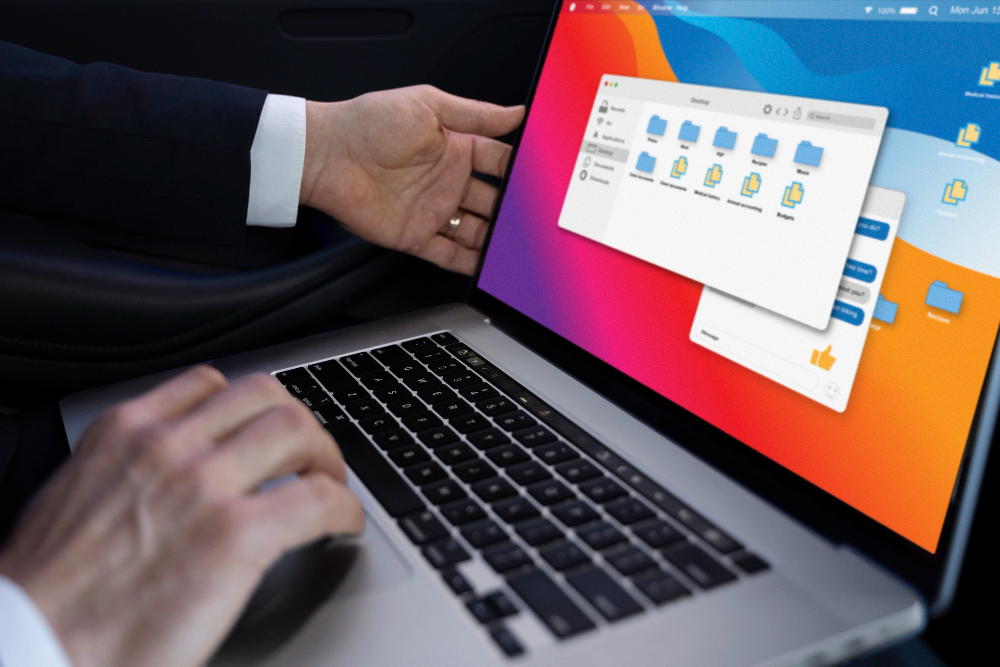Emerging Trends in Automated Endpoint Migration Software for 2025
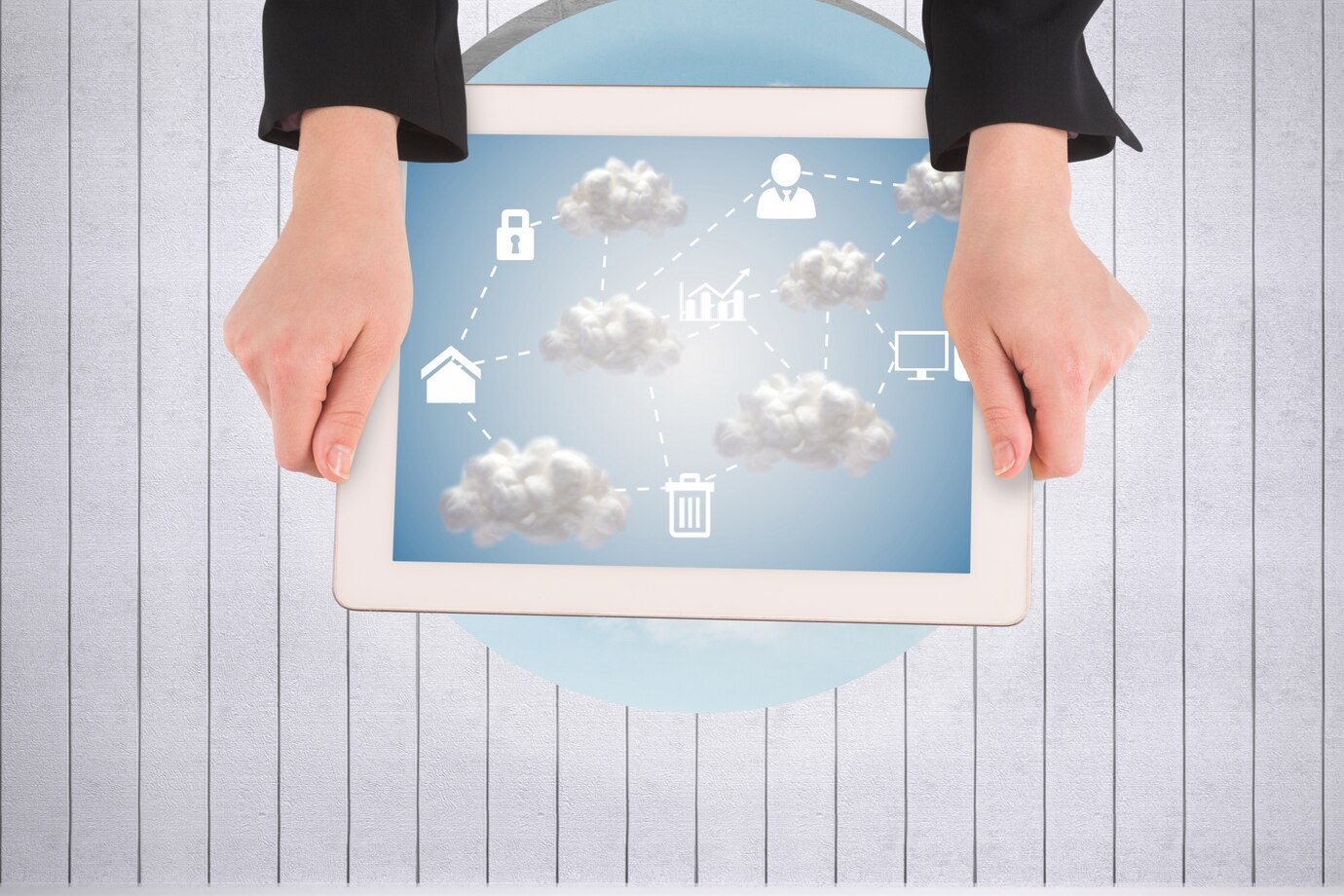
Strong 8k brings an ultra-HD IPTV experience to your living room and your pocket.
As businesses continue their digital transformation journeys, endpoint migration has become a critical task in IT operations. Whether upgrading hardware, shifting to new operating systems, or supporting remote teams, migrating endpoints efficiently and securely is more important than ever. In 2025, automated endpoint migration software is evolving to meet these growing demands, bringing in new capabilities that streamline processes and enhance user experiences.
Let’s explore the key emerging trends shaping automated endpoint migration software in 2025.
1. AI-Powered Migration Planning and Execution
Artificial Intelligence (AI) is no longer just a buzzword—it’s becoming an essential part of endpoint migration. Modern solutions now leverage AI and machine learning to:
- Analyze existing environments for migration readiness
- Predict potential issues before they happen
- Optimize migration workflows for faster execution
AI-driven tools can automatically identify dependencies, recommend the best migration paths, and even adjust processes in real time based on data insights.
➡️ Why It Matters: AI reduces human error, improves decision-making, and ensures smoother, more accurate migrations.
2. Cloud-Native and Hybrid Migration Solutions
With many organizations embracing hybrid work models and cloud infrastructure, cloud-native migration software is on the rise. These solutions enable IT teams to:
- Migrate endpoints between on-premises and cloud environments
- Support remote and hybrid workforces seamlessly
- Leverage scalable cloud resources to speed up migrations
Hybrid migration tools are designed to work across diverse environments without compromising security or performance.
➡️ Why It Matters: Businesses can perform migrations without geographic or infrastructure limitations, which is crucial for today's distributed teams.
3. Zero-Touch Deployment and Self-Service Migrations
Zero-touch and self-service migration capabilities are gaining traction in 2025. Endpoint migration software now allows IT teams to:
- Initiate migrations remotely without physical access to devices
- Empower end-users with self-service portals to handle parts of their migration
This approach reduces IT workload while giving employees the ability to get up and running on their new devices with minimal intervention.
➡️ Why It Matters: It accelerates deployment, reduces support tickets, and enhances user experience.
4. Enhanced Security and Compliance Features
Data security and regulatory compliance are top priorities for endpoint migrations in 2025. Newer tools now come with:
- End-to-end encryption during data transfer
- Role-based access controls (RBAC)
Detailed audit logs and compliance reports for industries like healthcare and finance
Solutions are built to align with standards like GDPR, HIPAA, and ISO 27001.
➡️ Why It Matters: Protects sensitive data and ensures compliance with evolving regulations.
5. Integration with Endpoint Management and ITSM Platforms
Automated endpoint migration software is increasingly integrated with:
- Unified Endpoint Management (UEM) tools
- IT Service Management (ITSM) platforms like ServiceNow
This allows for centralized control, automated ticket generation, and holistic visibility across IT operations. These integrations make it easier to manage the entire device lifecycle—from procurement and migration to retirement.
➡️ Why It Matters: Simplifies IT workflows and provides better visibility and control over the endpoint ecosystem.
6. Support for Diverse Operating Systems and Devices
As the workplace diversifies, so do the endpoints businesses manage. Migration software in 2025 offers:
- Cross-platform support (Windows, macOS, Linux)
- Compatibility with mobile devices and IoT endpoints
- Tools to handle BYOD (Bring Your Own Device) environments
This flexibility helps businesses support varied device types without manual intervention.
➡️ Why It Matters: Increases flexibility and reduces friction during migrations, especially in diverse IT environments.
7. Automation-First Approach with Customizable Workflows
Automation is at the heart of endpoint migration tools, but in 2025, there’s an added emphasis on customization. IT teams can create custom migration workflows, automate repetitive tasks, and apply policies that fit unique business needs.
➡️ Why It Matters: Businesses can adapt migrations to their specific use cases, increasing efficiency and ensuring compliance with internal processes.
8. Green IT and Sustainable Migrations
Sustainability is becoming a focus area in IT, including endpoint migration. Vendors are now building tools that:
- Promote energy-efficient processes
- Provide device reuse and recycling recommendations
Help track and reduce carbon footprints related to device migrations and lifecycle management
➡️ Why It Matters: Aligns IT operations with corporate sustainability goals and reduces environmental impact.
Final Thoughts: The Future of Endpoint Migrations Is Automated, Intelligent, and Secure
In 2025, automated endpoint migration software is more advanced, intelligent, and flexible than ever before. As businesses adapt to new work models, cloud-first strategies, and heightened security demands, these tools are evolving to meet the challenge.
Whether you're managing a large-scale hardware refresh or migrating to the latest OS, staying informed on these trends ensures your organization remains efficient, secure, and ready for the future.
✅ Ready to Modernize Your Endpoint Migrations?
Explore the latest automated migration solutions designed for 2025 and beyond. Contact our team for a free consultation today!
Note: IndiBlogHub features both user-submitted and editorial content. We do not verify third-party contributions. Read our Disclaimer and Privacy Policyfor details.

